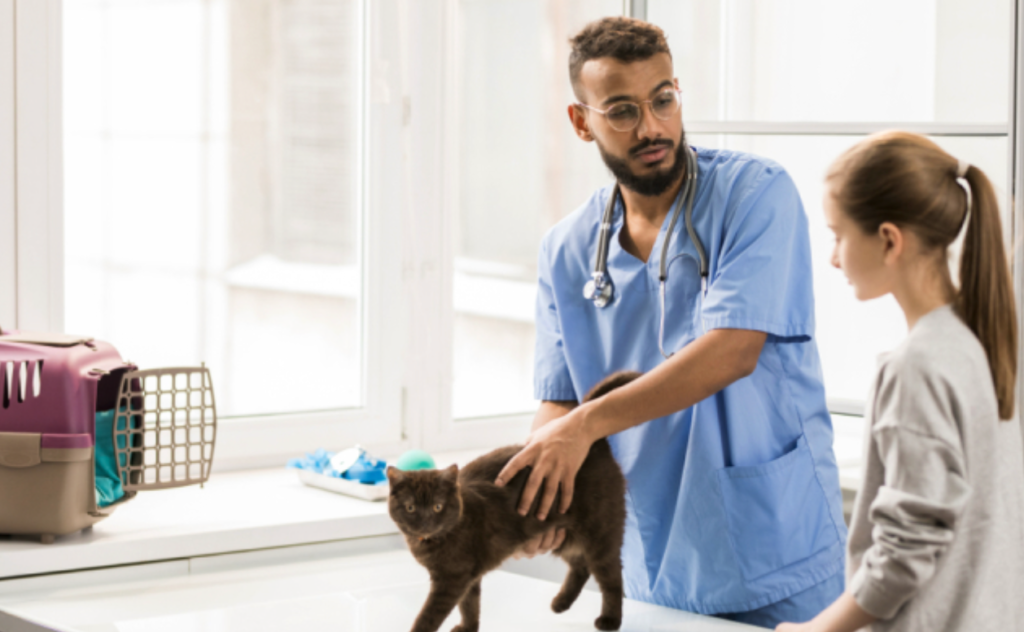
Owners often report that their cat has become grouchy or will even growl and strike out while being petted or picked up. The underlying cause could be that the cat is in pain and doesn’t want to be touched out of fear of causing more pain. It’s much the same as a person with a painful wrist or shoulder; they understand how to move that arm without causing undue pain, but a well-meaning handshake from another person can cause excruciating pain as the person with the painful arm loses control of the movement.
This leads us to the beginning of the pain exam: discussing with the owner behavioral changes they have either observed but dismissed (often as “old age” or some new quirk) or behavioral changes such as elimination outside the litter box. Indeed, a 2020 study published by Daniel Mills et al. in the journal Animals called Pain and Problem Behavior in Cats and Dogs found that it is estimated that almost 80 percent of behavioral issues can be related to various painful conditions; not only musculoskeletal, which is the focus of this discussion, but also other sources such as gastrointestinal pain. Hence it is crucial that every member of the veterinary staff plus the owner be involved in order to properly diagnose, treat, and evaluate the progress of any therapy. Otherwise, the mental snapshot of the animal in pain might be as jumbled as a jigsaw puzzle dumped out of its box.
 The pain exam starts with your customer service representative, maybe the most important person in the diagnostic team. They are going to hear the owner say things that an educated customer service representative might recognize as a sign of pain, such as not using the litter box, suddenly fighting with other animals in the house, or hiding in another room. The receptionist then has the ability to ask the owner to video the cat walking across the floor, using a step, or jumping to a favorite spot. The receptionist can also ask them to visit websites, for example www.catredflags.com, to set the stage for a pain discussion once in the clinic.
The pain exam starts with your customer service representative, maybe the most important person in the diagnostic team. They are going to hear the owner say things that an educated customer service representative might recognize as a sign of pain, such as not using the litter box, suddenly fighting with other animals in the house, or hiding in another room. The receptionist then has the ability to ask the owner to video the cat walking across the floor, using a step, or jumping to a favorite spot. The receptionist can also ask them to visit websites, for example www.catredflags.com, to set the stage for a pain discussion once in the clinic.
The pain exam continues with the technician who, clued in by the receptionist that there might be a pain problem, can ask about videos. If the client did not visit any of the suggested websites, the technician can have them do so on a clinic tablet or laptop.
At this point, it is important to ask about behavioral changes: has the cat’s world become less vertical and more horizontal? Does the cat hesitate to jump or jump up in stages using a chair, for example, to reach a windowsill? Does the cat socialize less with humans or other animals in the household? There are more examples on the website mentioned in the previous paragraph. All of these inquiries help to “soften up” the client for the message that their pet may be living in a constant state of pain and has been telling them all along through their actions.
The pain exam concludes with the veterinarian, whose success in diagnosing pain depends heavily on the events and education preceding the examination. Without them, the owner might not see the cat through the eyes of someone trained to recognize pain in cats.
I always start my pain exam by letting the cat wander the room, keeping an eye on how they move and jump. Cats should move like a tiger gracefully moving through the jungle, with a fluidity of movement. Of course, some cats do nothing but hide under a chair during the visit, so this is the importance of asking the owner to take videos: This is my number-one diagnostic tool to know that “somethin’ ain’t right” with the cat’s musculoskeletal system. Pointing out what we see to the owner brings them a new sense of enlightenment regarding the cat’s condition.
Once I know something is wrong, I finally put my hands on the cat to locate the problem. The physical starts with stroking the cat from head to tail, in a gentle pattern. For many cats in pain, this will relax them and build a trust that will allow you to do slightly more potentially painful manipulations. You can also look for areas of sensitivity at this gentler touching. When these painful spots are found, there is no longer any need to revisit them; what more can you ascertain or achieve, besides increased stress in the cat?
The next step is to focus the exam on suspect areas. By this time, you may have an idea as to the general body area where the pain is located. If so, depending on the cat’s FAS score, I may examine only those joints, as the exam is over when the cat says it is over, and further manipulation may result in a heightening of their FAS score, indistinguishable from a response to pain. I find it easier to manipulate the cat’s joints when they are in lateral recumbency.

However, some cats will not allow that to happen. The exam can also be done with the cat in a standing position.

Each joint needs to be gently extended and flexed to look for resistance, but not to the point of causing undue pain. Again, if you are trying to persuade yourself or the owner that there is an issue, this is not the way to do it. For videos on how to do a complete pain exam on a cat, visit https://www.zoetisus.com/oa-pain/feline-exam-videos.aspx to see Dr. Duncan Lascelles demonstrate.
This brings us to radiographs. Some cats have either a demeanor or pain level so high that a physical exam should not be performed. If we are convinced that the issue is pain, it is now become less important to know the exact location, thanks to the approval of frunevetmab, an anti-NGF monoclonal antibody that is distributed to all of the OA joints in the body.
However, if we are not convinced, or we hope to do directed therapy such as acupuncture or rehabilitation therapy, then radiographs are a must. These should always be performed with something to reduce the cat’s anxiety and pain during the radiographic study. I prefer butorphanol as it gives 15 minutes of mild to moderate pain control as well as an additional few hours of somnolence, which can help ease the cat’s anxiety while waiting to go home. Just remember, the pain control lasts only about 15 minutes or so after injection; don’t confuse any sleepiness on the cat’s part past 15 minutes as pain control. And a final word on radiographs. Many cats with OA actually form areas of calcification distant from the joint. If you haven’t brushed up on diagnosing OA on radiographs in cats, you may want to explore that further.

Utilizing the team approach and minimal hands-on interaction can greatly diminish the FAS in our painful feline patients who are going to be resistant to touch. Now that we have examined that cat with input from the entire veterinary staff, along with the owner and the cat itself, we no longer have a jigsaw puzzle, and can move forward with the therapeutic phase of their OA treatment.
 This article was reviewed/edited by board-certified veterinary behaviorist Dr. Kenneth Martin and/or veterinary technician specialist in behavior Debbie Martin, LVT.
This article was reviewed/edited by board-certified veterinary behaviorist Dr. Kenneth Martin and/or veterinary technician specialist in behavior Debbie Martin, LVT.
Michael Petty, DVM, a certified veterinary pain management expert and veterinary acupuncturist, is author of Dr. Petty’s Pain Relief for Dogs: The Complete Medical and Integrative Guide to Treating Pain (Countryman Press, February 2016). He owns Arbor Pointe Veterinary Hospital and the Animal Pain Center in Canton, Michigan, and is past president of the International Veterinary Academy of Pain Management.
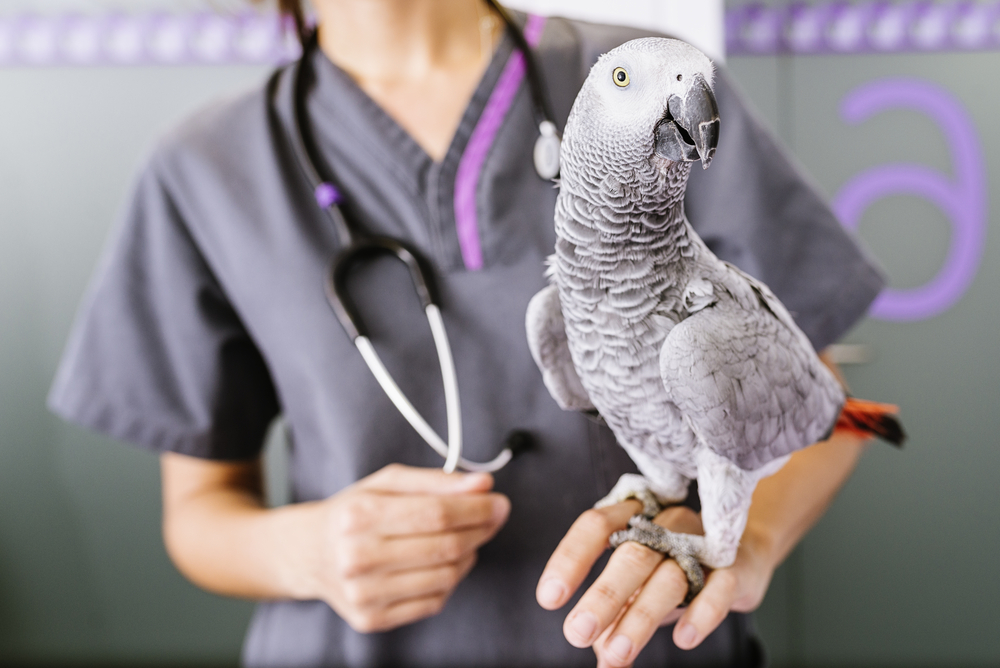
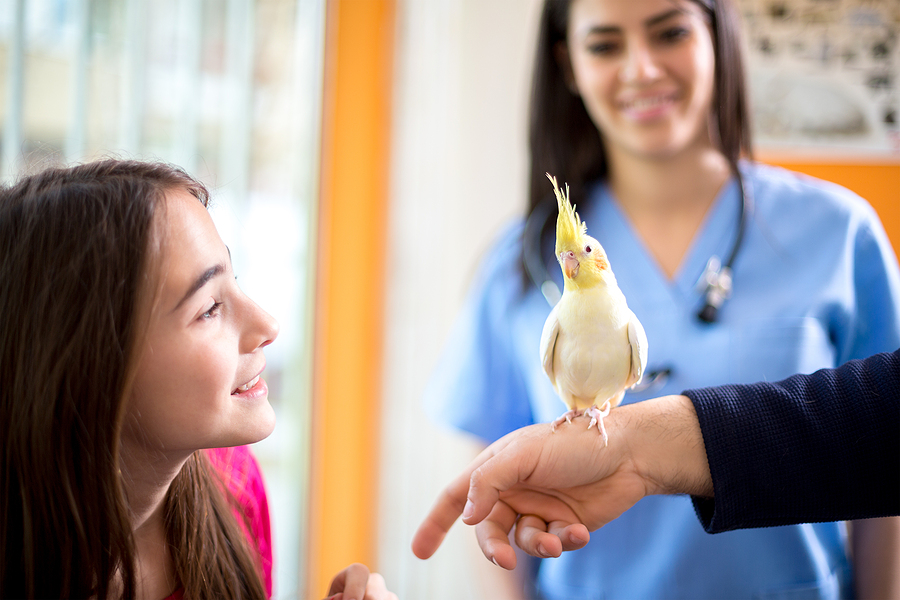
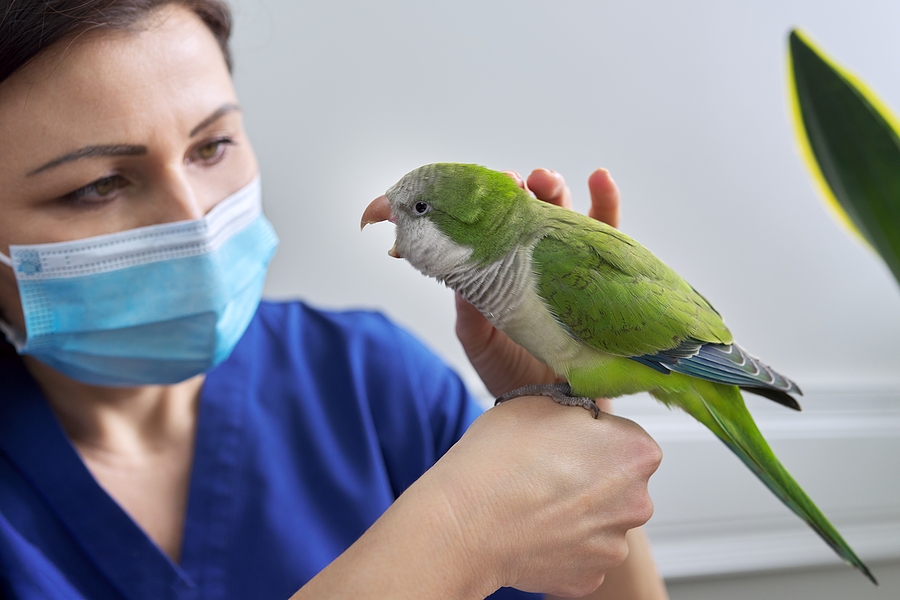
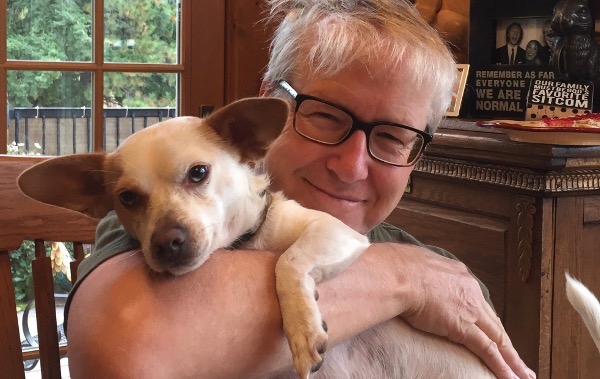
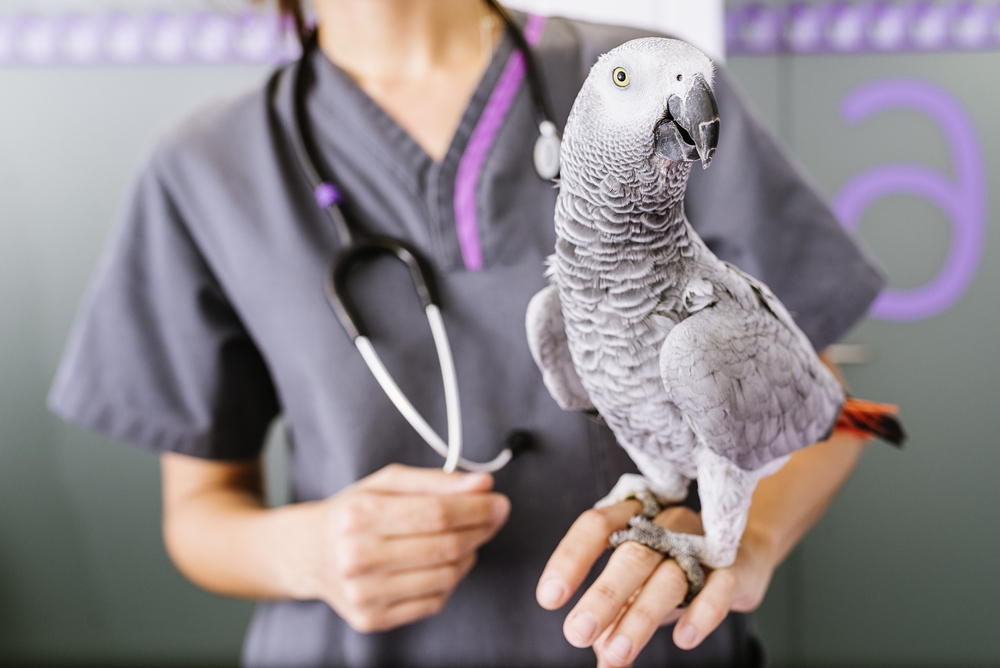
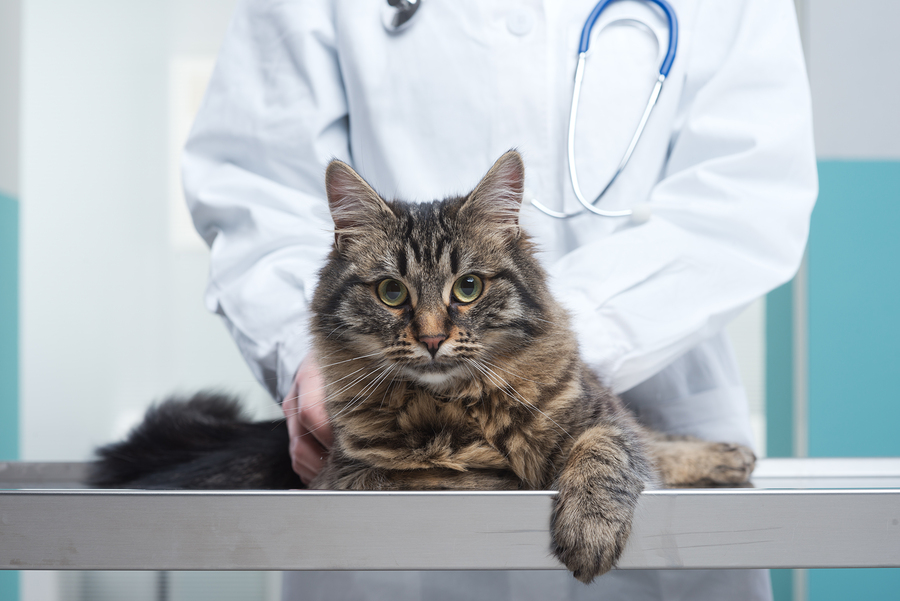
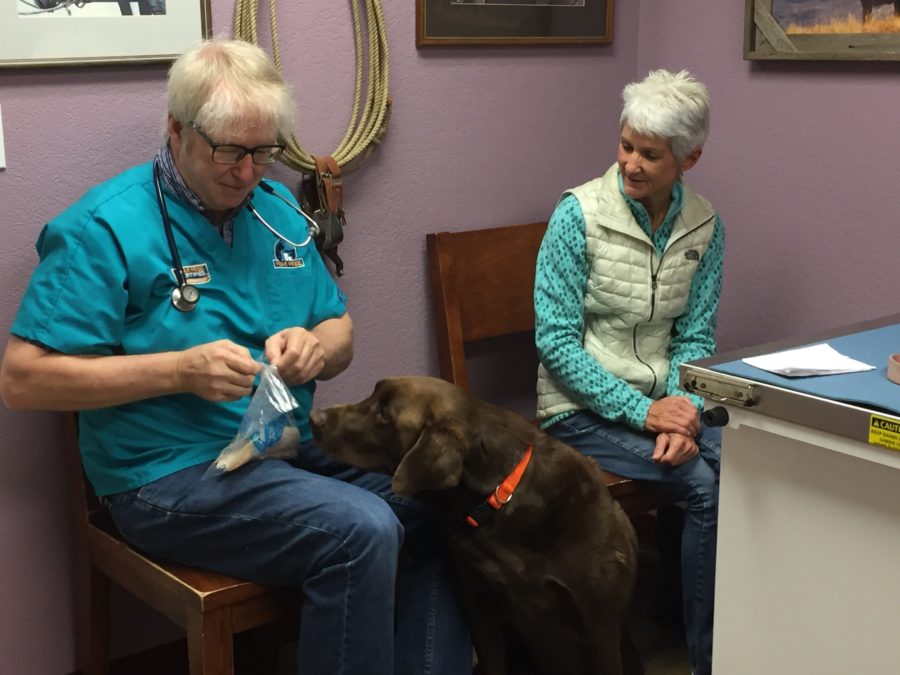

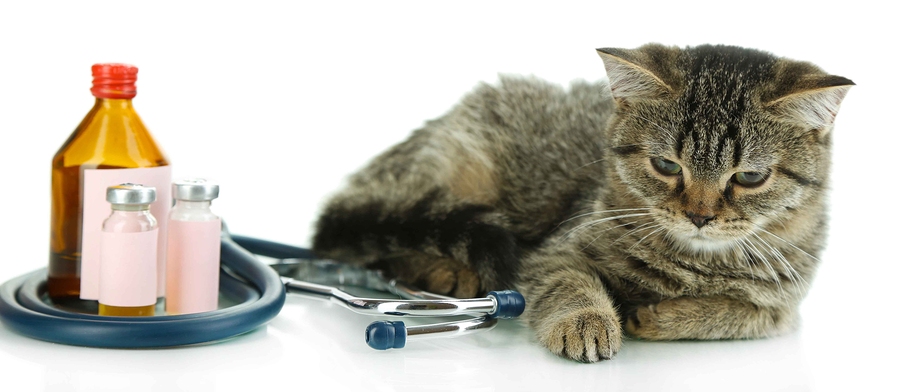
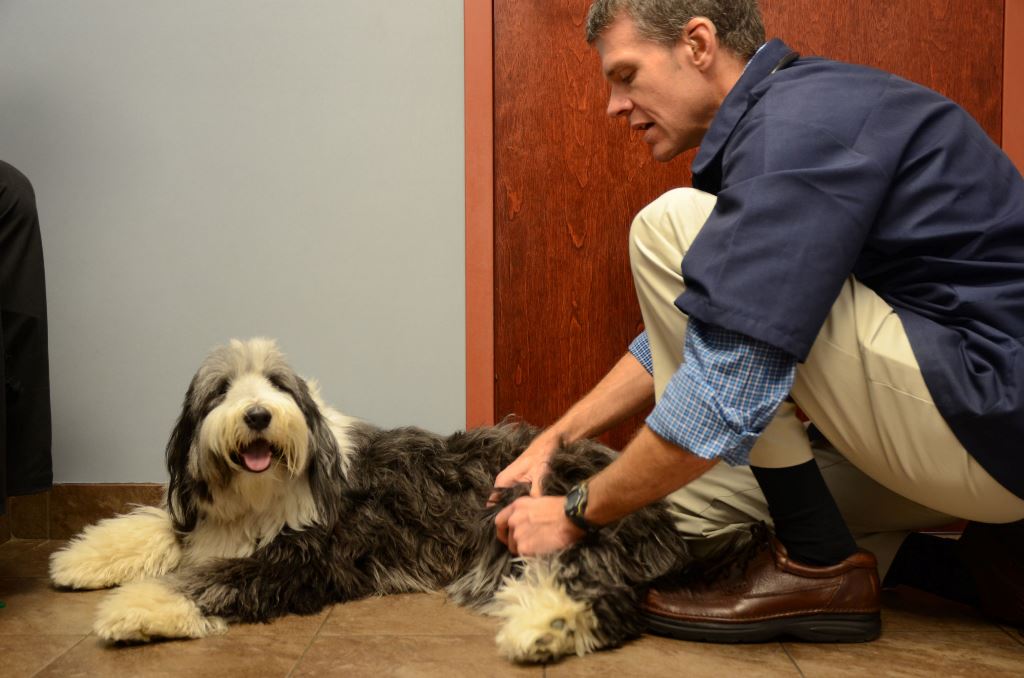
 A new feline patient with a high level of fear, anxiety, and stress went home with gabapentin as a pre-visit pharmaceutical. The exam we performed two days later was great. He was readily eating tuna and happy to be petted. He did well for a complete exam, including radiographs and blood draw. The Feliway-infused towel was also a great help.
A new feline patient with a high level of fear, anxiety, and stress went home with gabapentin as a pre-visit pharmaceutical. The exam we performed two days later was great. He was readily eating tuna and happy to be petted. He did well for a complete exam, including radiographs and blood draw. The Feliway-infused towel was also a great help. draws and vet visits. He was a wonderful-tempered cat at home, but at the clinic, while he never bit or scratched, he hissed and struggled every time he came out of the cage and became a difficult patient to handle. He is very food-motivated and after we started Fear Free practices and he got squirt cheese and baby food every time he was handled, he now purrs and rubs on everyone when he comes for treatments and is so much happier and easier to handle. I am overall so much more aware of a patient’s anxiety level the moment they walk in the door now, and it gives us a chance to start finding ways to alleviate their stress before it escalates.
draws and vet visits. He was a wonderful-tempered cat at home, but at the clinic, while he never bit or scratched, he hissed and struggled every time he came out of the cage and became a difficult patient to handle. He is very food-motivated and after we started Fear Free practices and he got squirt cheese and baby food every time he was handled, he now purrs and rubs on everyone when he comes for treatments and is so much happier and easier to handle. I am overall so much more aware of a patient’s anxiety level the moment they walk in the door now, and it gives us a chance to start finding ways to alleviate their stress before it escalates. in patients, while others felt I was “too soft,” “only cared about giving the animals treats,” or “was crazy or misguided in my efforts.” Fellow faculty members sometimes shared these sentiments and even accused me of not being able to “get the job done” when I would elect to postpone or re-plan a procedure for an animal. The revolution of awareness that Fear Free has helped to create in our profession has changed the way I am viewed by students and colleagues. No longer the “crazy Dr. Griffin,” I am the one they ask to teach them about low-stress handling and Fear Free techniques. The art and science of Fear Free have become valued: this is truly a gift for all of us, our patients, and their owners. I look forward to the day when Fear Free is taught in all veterinary colleges and is fully embraced as an indispensable standard of care in veterinary practice.
in patients, while others felt I was “too soft,” “only cared about giving the animals treats,” or “was crazy or misguided in my efforts.” Fellow faculty members sometimes shared these sentiments and even accused me of not being able to “get the job done” when I would elect to postpone or re-plan a procedure for an animal. The revolution of awareness that Fear Free has helped to create in our profession has changed the way I am viewed by students and colleagues. No longer the “crazy Dr. Griffin,” I am the one they ask to teach them about low-stress handling and Fear Free techniques. The art and science of Fear Free have become valued: this is truly a gift for all of us, our patients, and their owners. I look forward to the day when Fear Free is taught in all veterinary colleges and is fully embraced as an indispensable standard of care in veterinary practice.